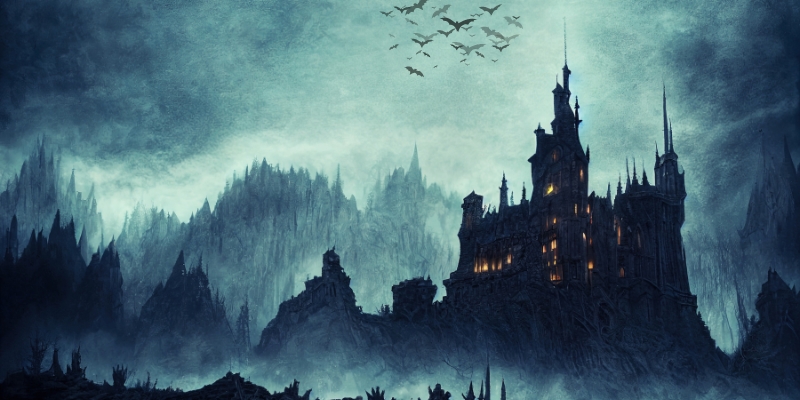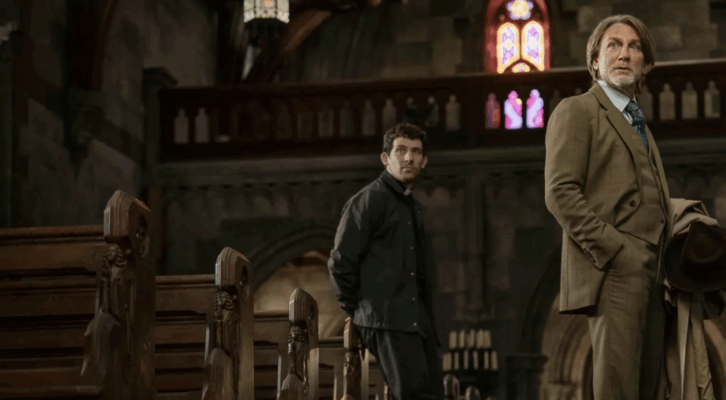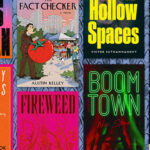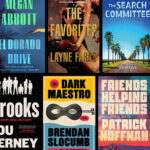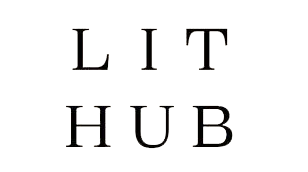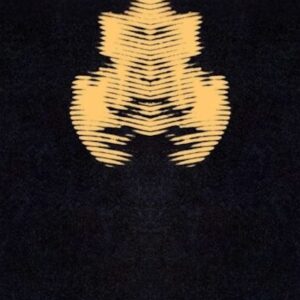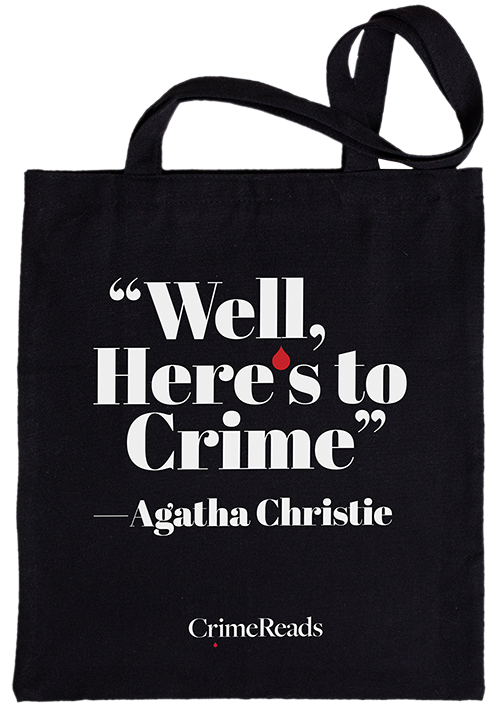History is steeped in shadows: witch trials, plagues, strange deaths, and superstitions that shaped entire societies. Many of these moments are so uncanny they hardly need embellishment to feel like horror.
What’s more, a new wave of writers are reclaiming these stories, reframing them through lenses of race, gender, and power. The result is a body of fiction that not only chill but also takes a long hard look at the histories that have haunted us for centuries.
*

Kiran Millwood Hargrave, The Mercies
On Christmas Eve 1617, a storm off the coast of Norway claimed the lives of nearly all the men of Vardø, leaving the women to fend for themselves. Their independence unsettled the authorities, and suspicion soon turned to accusations of witchcraft.
Hargrave reimagines this historical moment through the eyes of Maren, a young woman struggling to hold her community together, and Ursa, a newcomer who becomes both friend and lifeline. With lyrical prose and creeping dread, the novel exposes how misogyny weaponized fear and turned neighbor against neighbor.

Jenni Fagan, Hex
The North Berwick witch trials of 1590 saw dozens of people executed on charges of sorcery. Among them was Geillis Duncan, a teenage girl coerced into confessing under torture. Fagan’s novella inhabits the liminal space between life and death as Geillis waits in prison for her execution.
Through her conversations with a mysterious modern-day visitor, she reflects on her life, her choices, and the cruelty of a world eager to destroy women.
Brutal yet poetic, Hex gives voice to the silenced and reframes history’s horrors as acts of resistance.

Stacey Halls, The Familiars
Set in Lancashire during the notorious Pendle witch trials of 1612, this novel follows Fleetwood Shuttleworth, a young woman desperate to carry a pregnancy to term in a world where women’s health is shrouded in secrecy and fear. When she hires Alice Gray, a midwife accused of witchcraft, their fates become intertwined.
Halls draws deeply on the historical record while creating a tense and immersive narrative about female friendship, betrayal, and survival in an era when superstition could spell a woman’s death.

Victor LaValle, The Ballad of Black Tom
LaValle takes H. P. Lovecraft’s infamous The Horror at Red Hook and retells it from the perspective of Charles Thomas Tester, a Black hustler and musician in 1920s Harlem. As Tom becomes entangled with eldritch powers, the story reveals that the true horror is not only cosmic but also social: racism, poverty, and violence that structure everyday life.
Drawing on real histories of racial terror, LaValle turns Lovecraft’s prejudices inside out and crafts a novella where the monsters of history are every bit as terrifying as those from beyond.

Alma Katsu, The Hunger
The story of the Donner Party’s doomed journey west in 1846 is infamous, but Katsu reimagines their suffering as something darker than starvation and snow. As hunger gnaws at the travelers, strange accidents multiply, men vanish into the wilderness, and whispers of something inhuman stalking them grow louder.
Drawing on survivor accounts and historical documents, Katsu fuses history and horror to transform one of America’s greatest tragedies into a tale of supernatural menace.

Christopher Buehlman, Between Two Fires
The year is 1348, and the Black Death is sweeping across France. Thomas, a disgraced knight, finds himself charged with protecting a mysterious young girl who claims she can see angels. Together they journey through a countryside emptied by plague and filled with unspeakable horrors, both human and demonic.
Buhlman grounds the tale in medieval history (its landscapes, its faith, its fears) while also envisioning the plague as part of a cosmic war between Heaven and Hell. The result is a bleak yet compelling vision of history as nightmare.

Karen Maitland, Company of Liars
When the Black Death arrives in England, nine strangers band together on the road, each hiding secrets as they flee north to outrun the pestilence. But the further they travel, the more it becomes clear that the danger lies not only in the plague, but in the lies, betrayals, and sins carried within the group.
Maitland blends folklore, medieval superstition, and historical detail into a dark fable about human frailty and fear, where survival comes at a terrible price.
***

